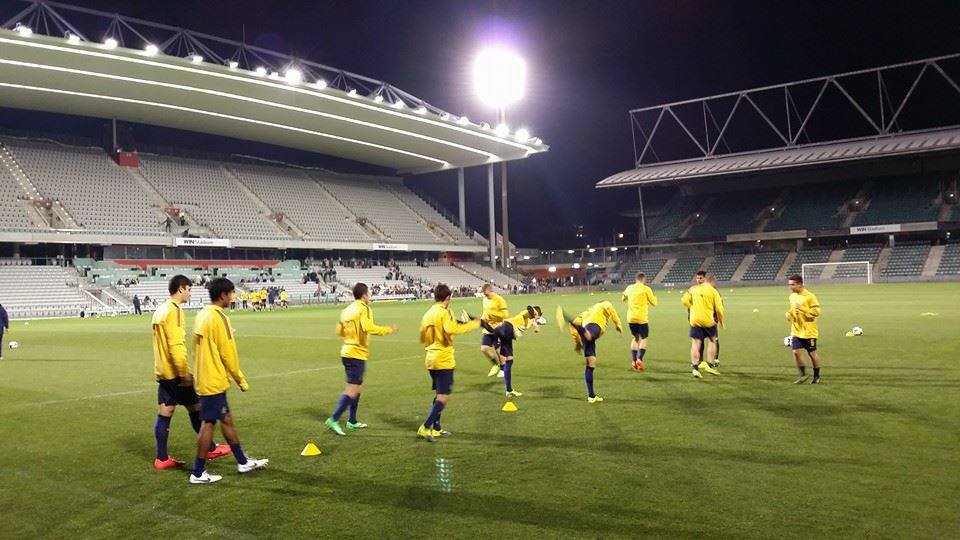Guide to Warming Up for Sport
Warming up with a dynamic routine prepares the body mentally and physically. A warm-up will improve the effectiveness of training, improve athletic performance and reduce the likelihood of injury.
Why warm-up?
The two key warm-up goals are to:
- Prepare the athletes specifically for the training/competition to follow, both mentally and physically.
- Minimise the risk of injury.
Preparing the body for exercise with a warm-up has several benefits including:
• Increased blood flow to muscles
• Faster delivery of oxygen and other nutrients to muscles
• Greater extensibility and elasticity of body tissues
• Allows joints to move more freely
• Psychological preparation for play
What is the ideal warm-up?
A good warm-up should incorporate the muscle groups and activities that are required during training or competition. The intensity of a warm-up should begin at a low level gradually building to the level of intensity required during training or competition and should be performed prior to the activity.
For most athletes, 15 to 20 minutes is enough. However in cold weather or at higher levels of competition the duration of the warm-up should be increased.
What should a warm-up include?
There is often confusion between stretching and warm-up. Stretching alone is not a warm-up; the warm-up must be active and dynamic to prepare the muscles for the forces involved. Stretching is only one segment of warm-up.
The warm-up should include:
• General aerobic exercise like jogging.
• Sport-specific exercise and drills that are likely to be performed during the training session or game e.g. a footballer can perform passing drills.
• Flexibility exercises or stretching. There is now less emphasis on static stretching during a warm-up. Instead, dynamic stretches should be performed to move the muscle groups through the full range of movement required in the activity being performed.
An example of a football specific pre-game warm up:
- Light running (2 min)
- Run throughs: forwards, backwards and sideways gradually increasing speed (2 min)
- Dribbling and passing drills (2-3 min)
- Dynamic stretching: including high knees, cross overs, heel kicks, walking lunges, and leg swings (controlled and not ballistic) (2 min)
- Mini game situation drills (2-3 min)
- Individual time: for players to address any areas of the warm up they feel needs additional time.
Resource
F-MARC developed “The 11+”, a complete warm-up program to reduce injuries among male and female football players aged 14 years and older. This program can be downloaded from http://f-marc.com/11plus/.
For more information regarding warm-up regimes specific to your sport contact one of the physiotherapists at Jubilee Sports Physiotherapy.






















